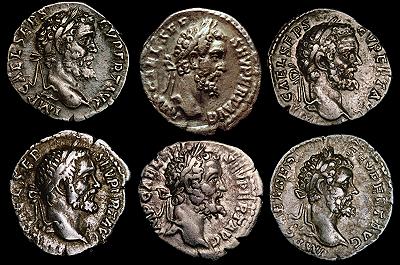View The Wonderful Collection Of Ancient Coins In Sadigh Gallery
Before the introduction of currency, about 3000 years ago, a method of purchase and trade called “Bartering” was used. Bartering was a direct trade of goods and service and was a system of purchasing something in exchange for another. Since it was not a convenient way of trading and made the system of procurement slow, an evolution of coin system took place. Visit the distinguished Sadigh Gallery to see the great collections of different coins used worldwide by different nations.

Evolution of Coins And How Sadigh Gallery Reads Them
Sometime around 1,100 B.C., the Chinese moved to introduce the first coin independently using miniature round pieces made by casting of bronze. However, it was recognized only in China as a local currency.
Greece
Coin introduced by Greece was called “Lydian Lion coins” and was minted by Alyattes of Lydia in 619–560 BCE. Lydia coins were the first coins commercialized for retailing on a large-scale basis made from electrum, a mixture of silver and gold, and stamped with pictures that acted as denominations. Lydia’s currency helped the country economy.
Roman
Roman coinage consisted of gold, silver, bronze, orichalcum and copper coinage. From its introduction to the Republic, during the third century BC, well into Imperial times, Roman currency saw many changes in form, denomination, and composition. The Byzantine Empire introduced many coins engraving image of the Christian cross and of various emperors.
Persia
Persian “Darik “ was the first gold coin which, along with a similar silver coin, the “siglos”, represented the bimetallic monetary standard of the Achaemenid Persian Empire which was continued until recent time. Persian coins were very well known in the Persian and Sassanids era.
Britain
The English penny first appeared in Anglo-Saxon times, as a silver coin. It was derived from another silver coin, the “sceat”, of 20 troy grains weight, which was in general circulation in Europe during the Middle Ages. The weight of the English penny was fixed at about 1.46 grams. 240 pennyweights made one troy pound of silver in weight, and the monetary value of 240 pennies became known as a “pound”.
Russia
Russian “ruble” is an ancient national currency after the “Pound sterling”. The ruble has been used in the Russian territories since the 13th century. The modern Russian ruble introduced in December 1991 in equivalence with the Soviet ruble, which remained in circulation until September 1993.
Japan
In Japan silver Spanish dollar coins were common during the 19th century as well as all-over Southeast Asia, and China which are displayed in Sadigh Gallery. Japan decided to adopt a silver dollar coinage under the name of ‘yen’, meaning ‘a round object’. The yen was officially adopted by the Meiji government1871. The yen was therefore a dollar unit. The yen replaced Tokugawa coinage, a complex monetary system of that period. Coins being round and manufactured using Western machinery.
India
Post-independence period the old British India coins continued to be in use temporarily as a frozen currency till 1950. The first rupee coins of the Republic of India were minted in 1950. Other coins manufactured with a domination of 1/2-rupee, 1/4 rupee, 2 Anna, 1 Anna, 1/2 Anna & 1 Pice coins which were also referred as Anna series or pre-decimal coinage. One rupee comprised 16 annas or 64 pieces, with each anna therefore equal to 4 pices. In 1957, India moved to adopt the decimal system of currency which is still continuing.

















